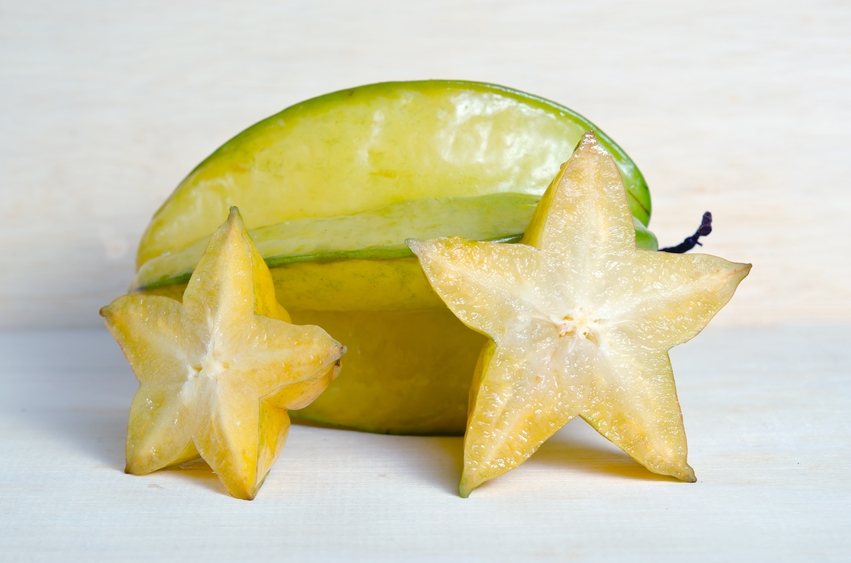
Now, the Israelis are stating that they bred the Sweetie."<<<<

There is no doubt in my mind this is what Israel did to call their Citrus a Sweetie and trademark the name. Then the seed that was taken from the fruit of the grafted "Oroblanco" tree was germinated, grown on and then give it a name. It is believed that all they did was take an Oroblanco and graft it onto a seedling grown rootstock, grow the grafted tree on, and then take the seed from the fruit of the grafted tree and germinate it. The Israelis are stating that they bred the Sweetie. >"University of California (UCR) system, received a notice recently from the Citrus Board in Israel claiming that the name "Sweetie" has been trademarked by the Israelis. The New Zealand Fruit Tree Company is a member of the AIGN, and Brandt is president of AIGN.I've obtained this information out of California from a most knowledgeable and long term individual in the California Citrus industry. Partners in Prevar include: Pipfruit New Zealand Apple and Pear Australia Limited the Associated International Group of Nurseries and HortResearch. “It’s going to take a few years to get product available.” However, Brandt said there is already some Sweetie material at research stations in Europe, and there are plantings in New Zealand. After it has been through quarantine, Prevar will want to do some evaluations to make sure it is providing growers with the right information, he said. 2 virus-tested tree fruit program at Prosser, Washington. growers is going through quarantine at Interregional Project No. Sweetie apples grown in New Zealand had firmness and soluble solids levels similar to or greater than Royal Gala after 12 weeks in regular storage.īrandt said Sweetie material for U.S. The variety has similar requirements to Royal Gala in terms of selective picking, cool chain practices, and storage duration, Ennis said. In New Zealand, Sweetie matures about seven to ten days ahead of Royal Gala. “The Sweetie (Var-One cultivar) tree is very productive and performs much like Royal Gala, which is widely planted, so we are expectant that it will perform globally,” Ennis said. Brett Ennis, chief executive of Prevar, said Sweetie will be assessed and released in many regions around the world-including the United States, Europe, South America, South Africa, and Australia-over the next one to five years after the material has gone through quarantine, tree numbers have been bulked up, and results from controlled trials have been analyzed. “It depends on the attributes of the new selection, what fits best.” Sweetie trees are available to New Zealand growers from the New Zealand Fruit Tree Company, which has several thousand available this year and is taking orders. In the future, Prevar might have selections with niche opportunities that would be released through a globally coordinated program, said Brandt, who is president of Brandt’s Fruit Trees in Yakima, Washington.

Prevar board member Lynnell Brandt said Prevar considers Sweetie to be an enhancement of Gala, rather than a distinctive new variety, so it would not be appropriate to manage it through a club or branded program. The variety is available on open release, which means access is not restricted, and there is no coordinated or controlled marketing program. This is the first release from Prevar, an international joint venture company that will globally commercialize apple and pear varieties from the HortResearch breeding program in New Zealand. It is a large apple, with good texture and flavor, and could be a replacement for Gala, Prevar suggests. Prevar Limited, a company established recently to handle the introduction of new apple varieties bred in New Zealand, has released a new apple variety called Sweetie, which is a Braeburn-Gala cross that ripens a little earlier than Royal Gala. (Photo courtesy of New Zealand Fruit Tree Company) Sweetie, a new release from New Zealand, matures about a week earlier than Gala.


 0 kommentar(er)
0 kommentar(er)
